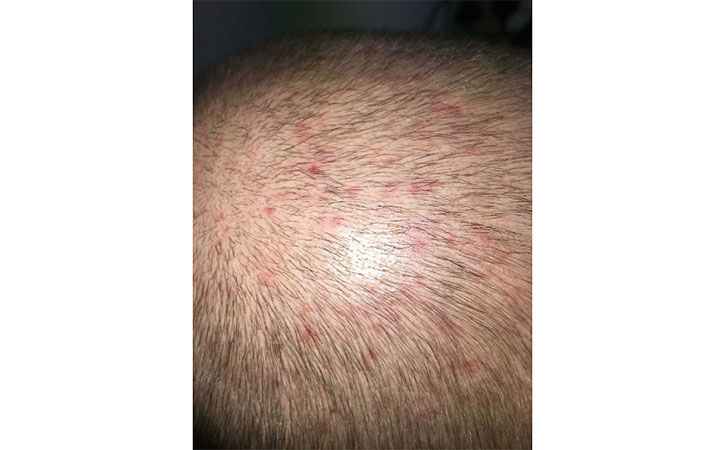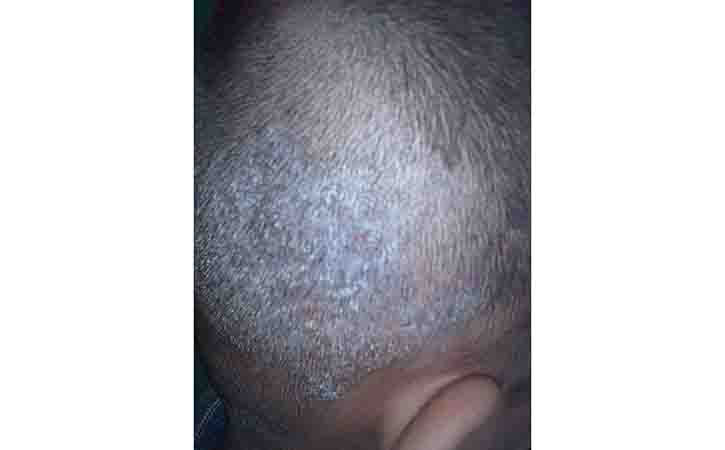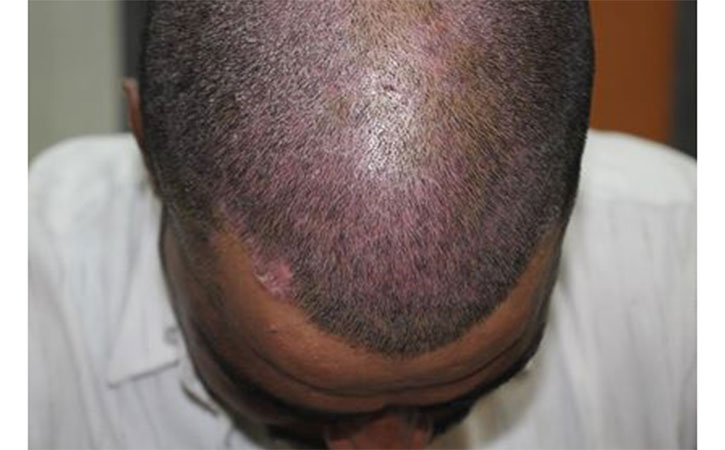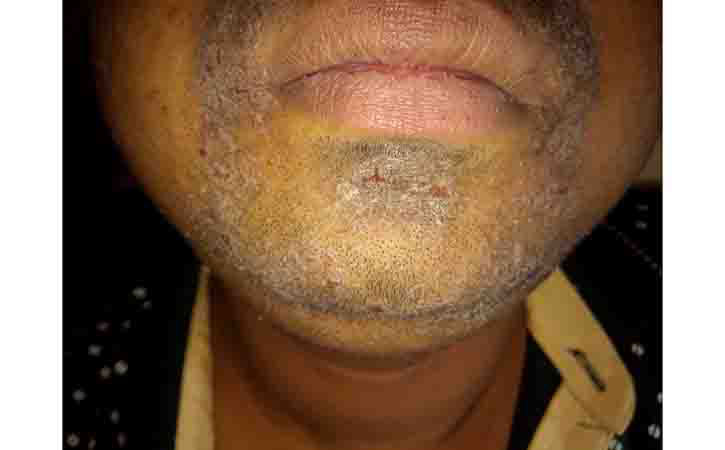Overview
The skin of the scalp is unique because it has the highest density of hair follicles. The scalp can be afflicted my many disorders from superficial to infestation. Several scalp disorders can cause itching, irritation, dandruff and even hair loss.
Below are some of the common conditions which can affect the skin of the scalp.
Folliculitis

Pediculosis Capitis (head lice)
Tinea Capitis (Ringworm on Head)

Scalp Psoriasis

Seborrheic Eczema

Seborrheic Eczema is a common inflammatory condition of the scalp. It is characterized by flaky, dry and scaly skin patches; and when these flakes fall off, they are called dandruff. In infants, this condition is called cradle cap.
Scaly, greasy patches form on the baby’s scalp. The patches can become thick and crusty, but cradle cap is harmless. Cradle cap usually goes away on its own within a few months. The exact cause of seborrheic dermatitis is unknown, although genes and hormones play a role.
Treatment for seborrheic dermatitis focuses on loosening scale, reducing inflammation and swelling, and curbing itch.




